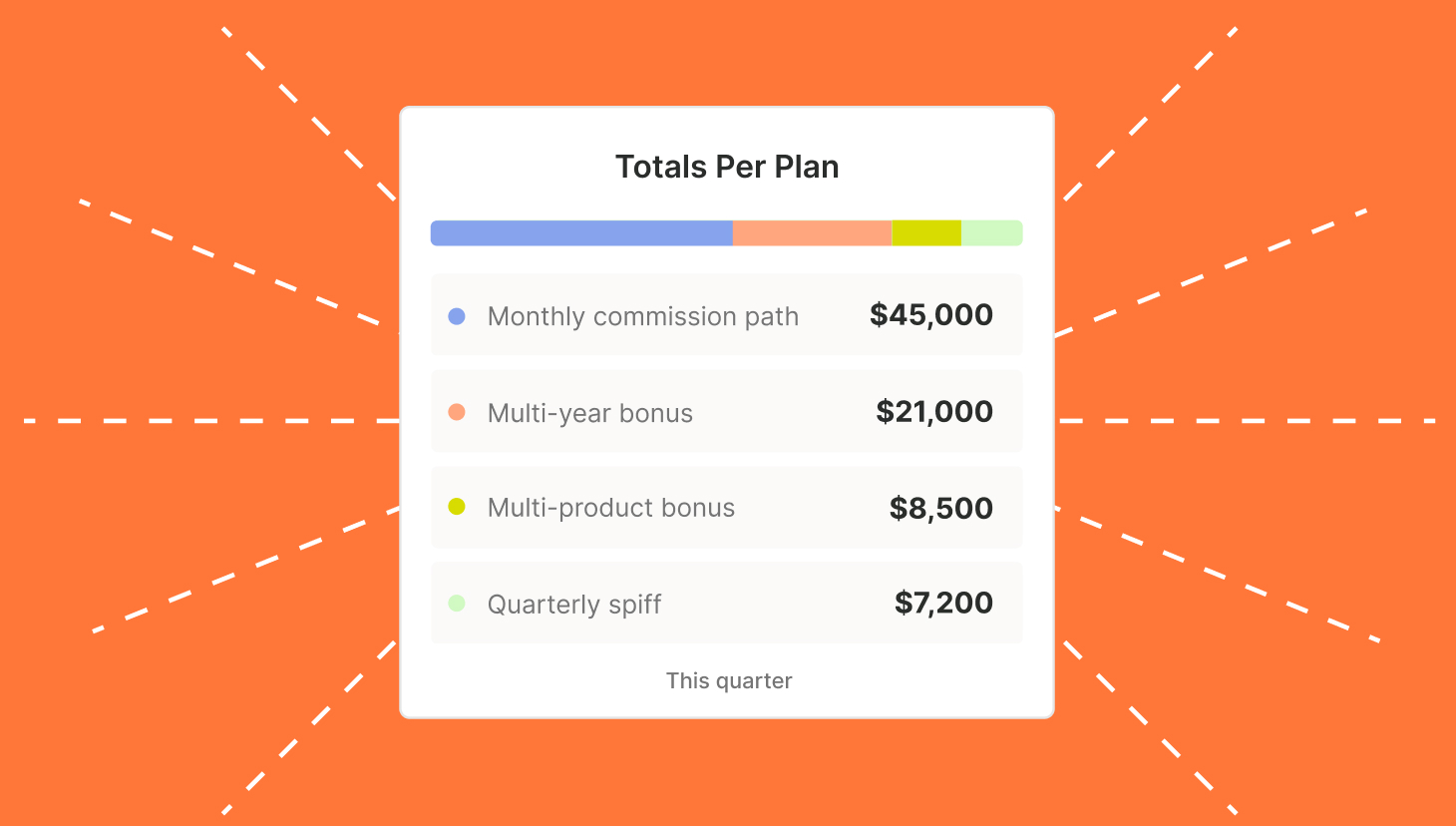Many businesses regard employee evaluations as standard practice, but some studies indicate that not all reviews are created the same. In fact, taking the wrong approach to employee feedback could actually have the opposite of the intended result. To get the most out of your team, it’s crucial to understand the reasoning behind regular employee evaluations. This includes learning how to run them and investigating what tools can help make the process remarkably painless.
Why run employee evaluations?
Employee evaluations are like organizational State of the Unions, albeit on an individual basis. It’s a way for leadership to check in with staff. It’s easy to view these sit-downs in a negative light, especially if you’re on the employee side. No one wants to face a barrage of criticism, even if it’s intended to be constructive.
But the truth is that, when done properly, employee evaluations are a valuable opportunity for all involved. Sales managers and operational supervisors can check in on each member of the team without distraction. They may talk about recent sales performance and/or set expectations for the future. It’s a way to get everyone on the same page and ensure that cohesion carries forward.
These “touch base” meetings also offer insight to how employee performance and the employee’s perception of their performance are matching up. For instance, an employee who views themselves as a chronic underperformer may be letting stress and doubt derail their potential. Painting a more realistic picture and offering guidance could help prevent burnout.
How to run an employee evaluation
There are five main parts to a typical employee evaluation in sales. It’s a good idea to use this guide as a framework to build out feedback sessions that feel thorough, fair and equitable. That said, also focus on simplicity. If you need to discuss non-performance-related issues, schedule a different meeting for that purpose. Is middle management or someone new to a supervisory role leading the employee evaluation? Consider offering some training on how to have meaningful conversations. This could include role-playing, courses on communication and using a list of approved criteria or questions as a starting point for the sit-down.
1. Set the meeting
The first introduction to your company’s employee evaluation system should be made when a new employee is hired. The onboarding process should include a look at when reviews are conducted. You may choose to do a 30-day evaluation of every new hire followed by periodic evaluations — say every six months — thereafter. Or you may conduct all team reviews twice a year regardless of when each employee came on board. The important thing is to be transparent.
As review time nears, it’s nice to send employees a reminder, so they can get prepared. Reinforce the idea that an evaluation is normal and nothing to be scary about, and that it’ll only last about an hour.
2. Gather key data
Sales reviews are based on numbers, so take some time to gather necessary data such as:
- Close rate
- Prospecting numbers
- Sales numbers
- Average contract
You’ll want to know where the employee stands in general terms and how they compare to others on the team. There are also likely key metrics and numbers that are specific to your organization. Don’t worry about having too much data before your call, there’s really no such thing as being overprepared. However, know that it’s possible to overwhelm someone with data if they’re not a data-minded person.
3. Share the data with the employee
Remember, evaluations are not a trap. The contents of the conversation shouldn’t be mysterious or come as a surprise. Part of the transparency discussed above is sharing all relevant data with the employee before the review. This gives them a chance to look over the numbers and formulate any questions or explanations they may have.
Also, ensure you ask the employee what additional data they’d like to discuss during the employee evaluation. There might be something that you’re missing or something that the employee values that they want to share with you. Their performance should not be a mystery.
4. Discuss the data
Now that everyone is equally informed, it’s time to talk about what those numbers mean. While the employee may know their own close rate, they may not understand where they fall when compared to their colleagues. Talk through any concerns with an emphasis on ways to improve. This may mean offering up mentorship or moving straight on to the next step: setting goals.
It’s also important for you to have a near perfect grasp on how you gather the data, what it means, and what good performance looks like.
5. Review old goals and set new ones
If this is the first performance review, you’ll be spending a lot of time talking about goal setting and plans for growth. Otherwise, it’s good to split the time up into both reviewing and setting goals. This way, it’s easy to see whether the employee is acting on previous advice and answering direct challenges. You may want to change their focus to improve a different skill or up the ante with a harder target to really fuel their drive.
When setting goals, ensure you set SMART goals. SMART goals are Specific, Measurable, Realistic, and Timely. Especially for a salesperson, setting unrealistic goals that can’t be measured is poor management.
How often should I run employee evaluations?
There is a plethora of opinions on this topic. As mentioned before, it’s usually a good idea to conduct at least one employee review soon after hiring and onboarding. But some experts recommend conducting frequent reviews throughout the early part of an employee’s tenure. So while your salesperson is ramping, you should run employee evaluations every month.
Then, after everyone gets to know each other and the employee gets in a rhythm, the reviews can move to a quarterly schedule. This switch often happens around the 9-month mark.
Top tools for running employee evaluations
Getting ready for an employee evaluation is a demanding process. Supervisors already tasked with a number of important responsibilities now have to put considerable effort into gathering and analyzing data for each employee. Depending on the size of your department or team and the breadth of the review, preparation alone can be a full-time job.
From quota attainment and sales numbers to income and incentive compensation, QuotaPath tracks and records key data so you can better serve your company and your sales reps. Resources like MyPath can help salespeople stay organized and track their own historical sales data, too. Combine that with commission tracking and other crucial management tools and your QuotaPath custom workspace could be the key to boosting team efficiency and employee satisfaction all year long.
To see QuotaPath in action, sign up for a free trial today.



